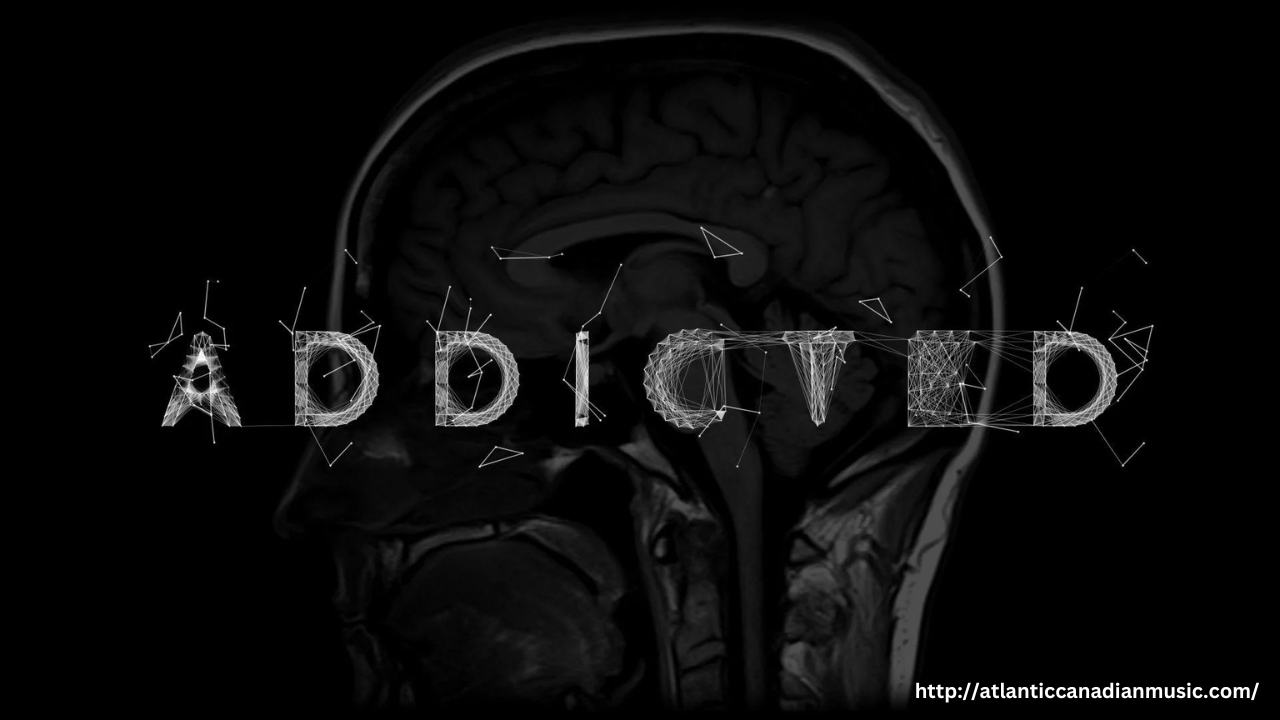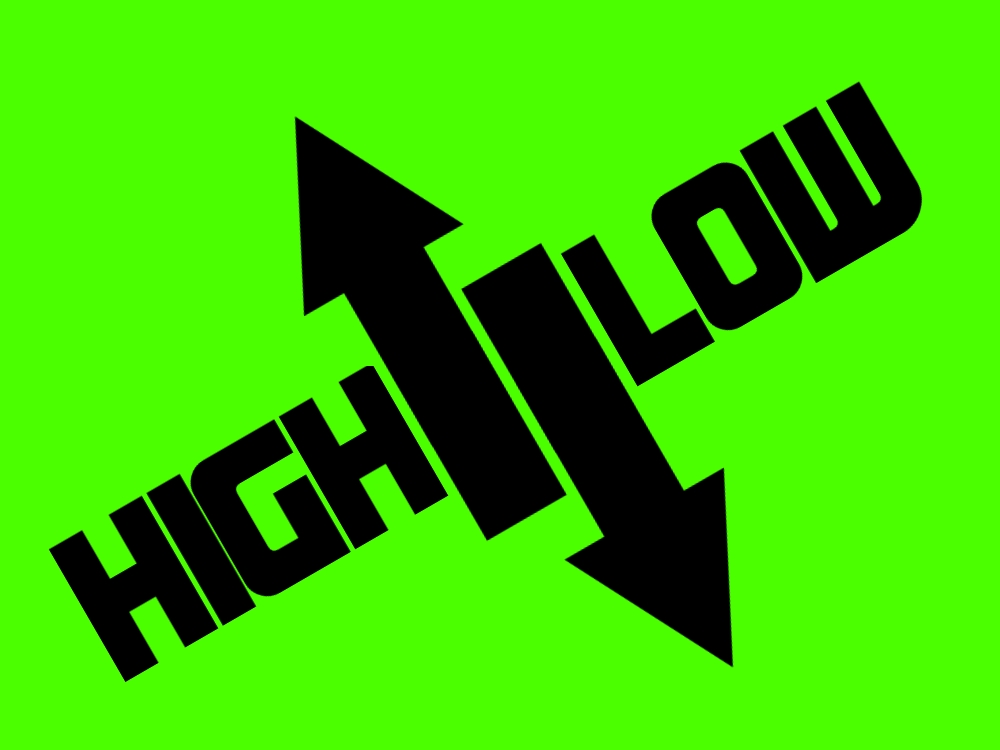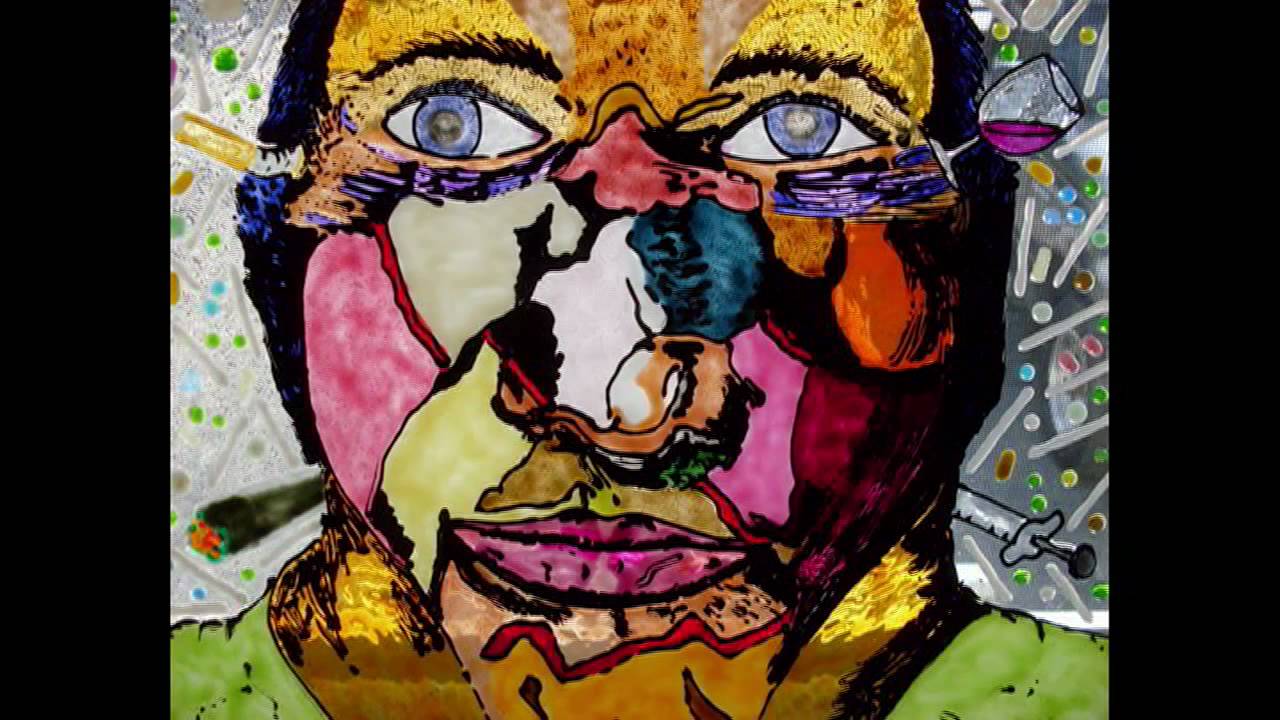Throughout history, countless artists have walked the fine line between brilliance and self-destruction. The world often celebrates their passion and creativity, yet behind the masterpieces lie untold stories of pain and poison—the toxic struggle with addiction. Whether poets, painters, or musicians, many artists have faced internal battles that fueled their work while simultaneously threatening to destroy them.
The Emotional Depth of the Artist
Art springs from emotion. It is often the rawest, most unfiltered outlet for feelings that are too complex for words alone. Artists tend to experience emotions more deeply, processing the world through an amplified lens. This heightened sensitivity can be both a blessing and a burden. While it fuels powerful, evocative work, it also leaves artists vulnerable to mental health struggles like anxiety, depression, and bipolar disorder.
In an attempt to dull the intensity of these emotions or cope with trauma, many turn to substances. Drugs and alcohol may offer a temporary escape, a numbing agent against the internal chaos. However, what begins as a coping mechanism often morphs into a destructive dependency.
Passion as Both Gift and Curse
The passion that drives creativity can also drive compulsion. Artists frequently pour everything into their craft, sacrificing stability, health, and relationships in the pursuit of their vision. This all-consuming dedication can lead to burnout and emotional fatigue, making the allure of substances even more potent.
Moreover, some artists come to associate their creative output with substance use. They may believe that their art is enhanced by drugs or alcohol, feeding into the myth of the “tortured artist” whose suffering is the source of their genius. This myth is not only misleading but dangerous, as it glamorizes addiction rather than recognizing its devastating impact.
Poison in the Spotlight
Fame adds another layer of complexity. The public adores the artist but often ignores the person behind the persona. The pressure to maintain an image, perform consistently, and meet relentless expectations can be overwhelming. For those already struggling, the spotlight can intensify feelings of isolation and inadequacy.
Tragically, the list of artists lost to addiction is long and painful—individuals whose talents were cut short by the very poison they once believed helped them create. Yet, their struggles often become part of their legend, further romanticizing the connection between art and suffering.
Toward Healing and Hope
Despite the darkness, there is hope. Many artists have found strength in recovery, using their experiences to inspire others and create even more impactful work. Recovery allows them to reclaim their passion without the poison, proving that art does not need to come at the cost of one’s well-being.
Support systems are critical. Therapy, community, and organizations dedicated to artist wellness play an essential role in breaking the cycle of addiction. By fostering open dialogue and challenging harmful myths, the creative community can begin to redefine what it means to be an artist.
Conclusion
The artist’s struggle with addiction is deeply rooted in emotional intensity, societal expectations, and destructive myths. But pain and poison are not prerequisites for passion. With support and awareness, artists can thrive in both their craft and their lives, channeling their deepest emotions into art that heals rather than harms.









